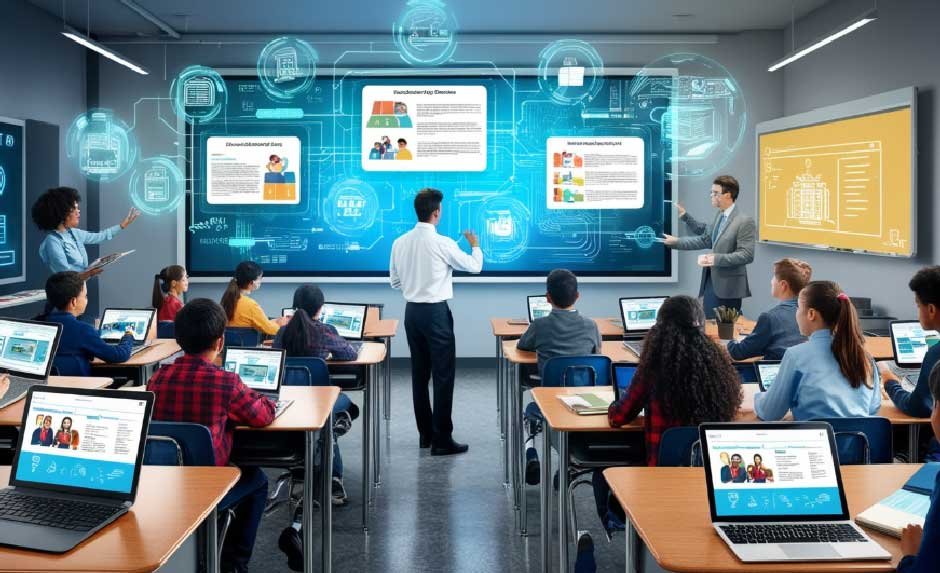Skip to the good bit
ToggleDigital instruction has become a cornerstone of modern learning environments as technology reshapes education. Leveraging cutting-edge tools and methodologies, educators are finding new ways to engage students, enhance comprehension, and foster collaboration. From interactive platforms to gamified learning experiences, digital instruction opens doors to personalized education tailored to individual needs. These approaches not only make learning more accessible but also empower students to develop critical skills for the digital age. By embracing innovation, educators can create dynamic, inclusive spaces that inspire creativity and prepare learners for the challenges of an ever-evolving world.
The Current Landscape of Digital Instruction
The educational landscape is significantly transforming, with digital instruction becoming increasingly integral. The shift from traditional classroom settings to online EDD digital instruction represents a significant evolution in educational delivery methods. Digital instruction transcends geographical barriers, offering quality education to students worldwide. It connects them with educators and peers, enhancing accessibility and inclusivity in education beyond the traditional physical learning model. This creates a diverse learning environment where varied perspectives enrich the educational experience.
Advantages of Digital Instruction
The benefits of digital instruction are numerous and transformative. The platform provides students with flexibility, enabling them to learn at their own pace and schedule, making it beneficial for adult learners and professionals.
Moreover, digital instruction facilitates integrating multimedia resources, making learning more engaging and interactive. Digital tools have significantly boosted student engagement, transforming passive learning into an active process. Students are no longer mere recipients of information; they interact with content in ways that enhance understanding and retention.
Challenges Faced in Digital Education
Even with its advantages, digital education has its challenges. Ensuring equitable access to necessary technologies remains a primary concern. Many students need personal computers or reliable internet access, issues highlighted during recent global shifts towards online learning. Bridging this gap is essential to prevent further educational disparities and to ensure that all students benefit equally from digital instruction.
Aside from access issues, maintaining student engagement can be more challenging in a virtual classroom compared to a physical one. Without the traditional classroom dynamics, educators must employ creative strategies to retain students’ attention and interest. This often requires designing lessons that are not only informative but also captivating through the use of interactive elements and real-world examples.
Innovative Tools and Techniques for Effective Teaching
Educators increasingly turn to innovative tools and techniques to overcome these challenges. Virtual classrooms, interactive apps, and collaborative software are becoming commonplace, enhancing teaching and learning experiences. These tools foster community and interaction, essential components of effective education.
Furthermore, Virtual Reality (VR) and Augmented Reality (AR) are deployed to create immersive learning environments that simulate real-world scenarios. These technologies offer experiential learning opportunities, making abstract concepts more tangible for students.
How Educators Can Adapt to Digital Innovations
The shift to digital instruction requires educators to regularly update their skills and adapt their teaching methods to new technological tools. Professional development opportunities, including workshops and online training sessions, equip educators with the necessary knowledge and skills to incorporate digital instruction into their curriculums effectively.
Collaborative learning, where educators share insights and successful strategies, can further bolster confidence in using digital tools. By learning from one another, educators can develop a repertoire of methods tailored to their specific teaching contexts, promoting an environment of continuous improvement and adaptation.







